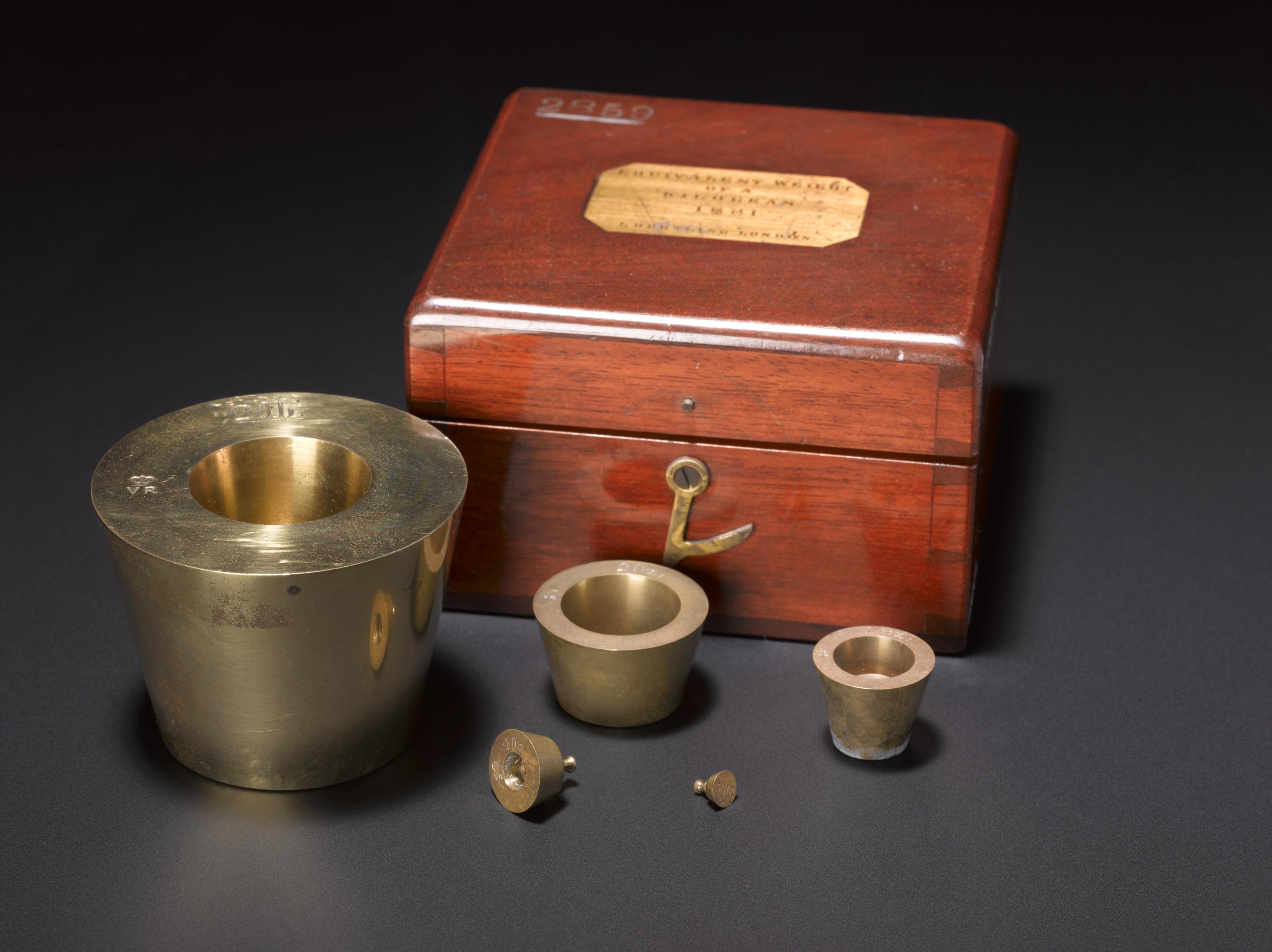[See the UK kilogram and a Kibble Balance on display in Tomorrow’s World from 15 November 2018.]
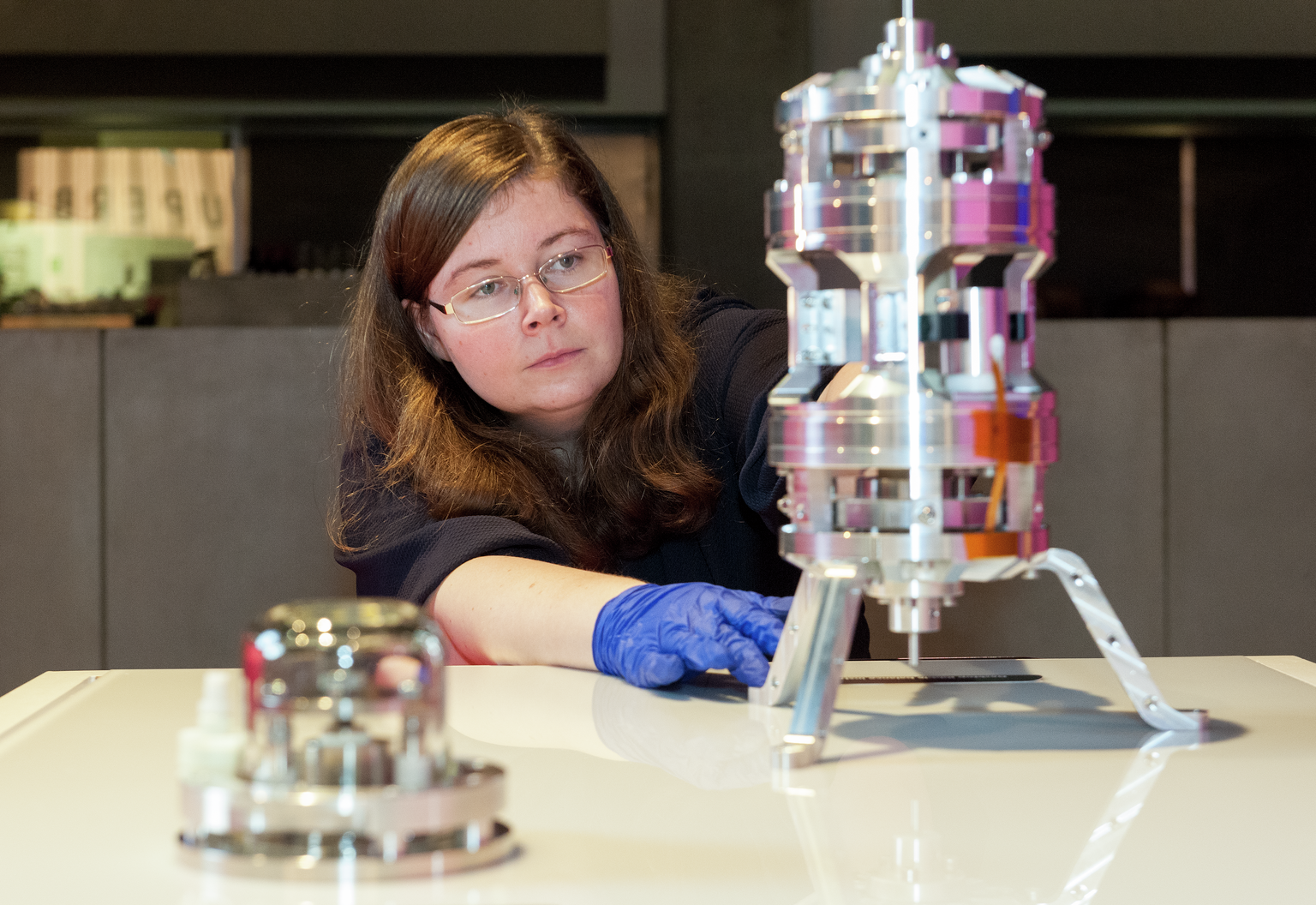
On Friday 16 November 2018 the kilogram will be redefined by an internal community of metrologists (scientists of measurement) at the General Conference on Weights and Measures in Versailles. Since 1889, scientists around the world have used the International Prototype kilogram (IPK), made and held in Paris, as their reference for precision measurement of mass. Now, thanks to the pioneering work of scientists at the National Physical Laboratory (NPL) and the global metrology community, scientists will be able to use a special kind of balance, known as the Kibble Balance, to determine a kilogram more accurately.
The main reason for the redefinition is to move away from using a physical object as a point of reference for scientific measurement, and to make units of measurement more robust for use in the twenty-first century and beyond. The problem with a physical object is that it is liable to change over time due to environmental factors. While change would be negligible for daily use outside the confines of the laboratory, for those scientists and engineers working at the extreme levels, even minimal increases and decreases have the potential to impact their work. Indeed, the IPK has been monitored over time and has been shown to have changed.

In everyday life, taking and using measurements with factory-calibrated, shop-bought tools and instruments is sufficient, but for scientists and engineers working at the nano or ten thousand kilogram levels, precision is key. They need to know that a kilogram in the UK is exactly the same as a kilogram in Brazil and Japan and that this has not and will not change.
This has previously been achieved by the International System of Units, known as the SI and formally administered by the International Bureau of Weights and Measures (BIPM) in outer Paris. BIPM has also been the home of the International Prototype kilogram (IPK) since 1889, when it was approved as the standard from which the unit of mass was then disseminated, through authenticated copies, around the world by the first General Conference on Weights and Measures. It is a cylindrical object made from an alloy of 90% platinum and 10% iridium. The NPL holds the United Kingdom’s national prototype of the kilogram.
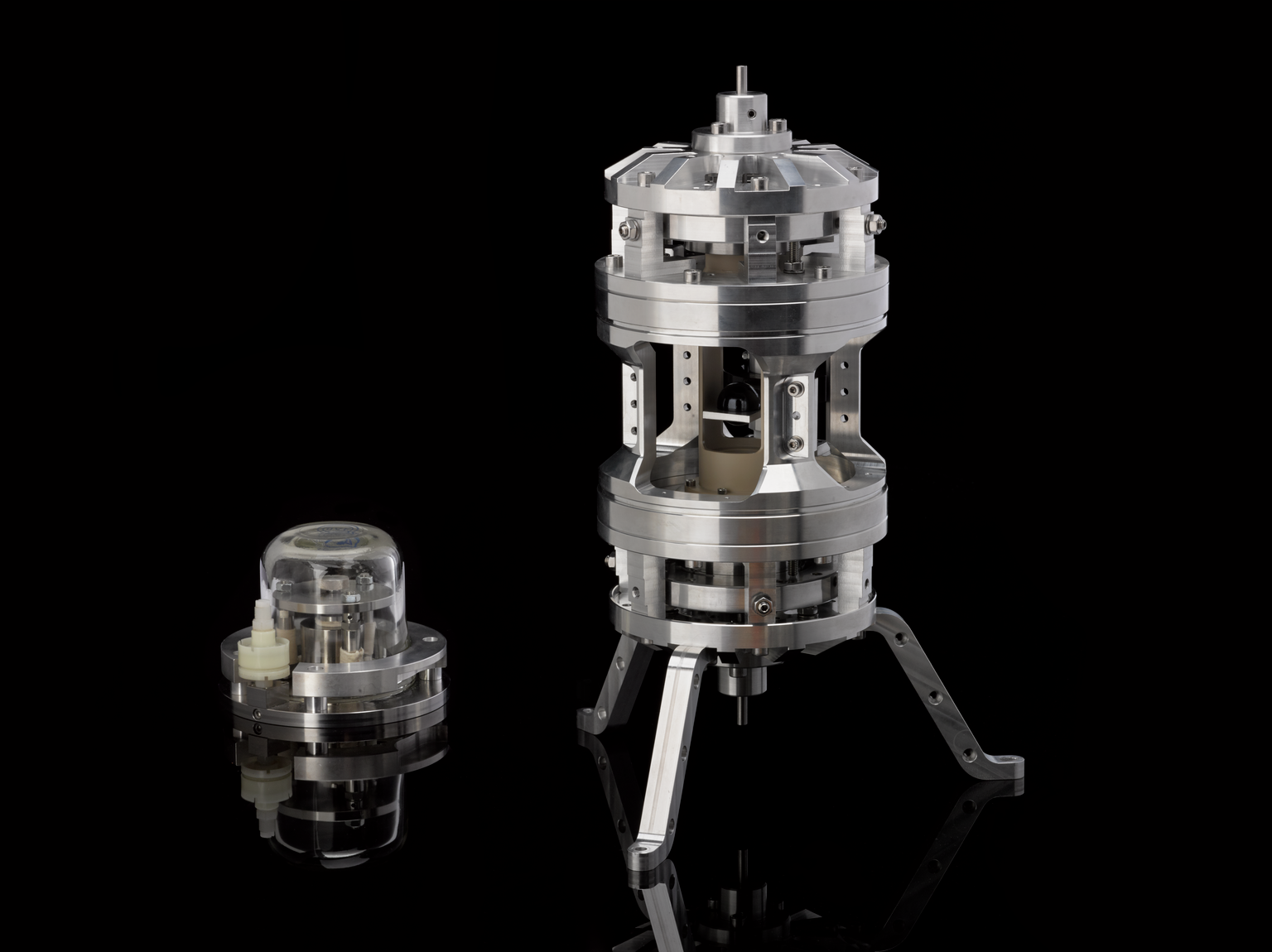
Scientists from national measurement institutes (such as NPL) from all over the world continue to meet at BIPM regularly to agree upon the definitions of the base units and in 2014 it was agreed that the seven base units (second, metre, kilogram, ampere, kelvin, mole, candela) would be redefined.
In daily life the way we measure and the way we talk about measurement will not change. The seven base quantities of time, length, mass, electric current, thermodynamic temperature, amount of substance and luminous intensity will remain unchanged, but the definitions of their associated base units will be rewritten. By rewriting the definitions of the units, the accepted methods by which scientists and engineers arrive at their measurements will change.
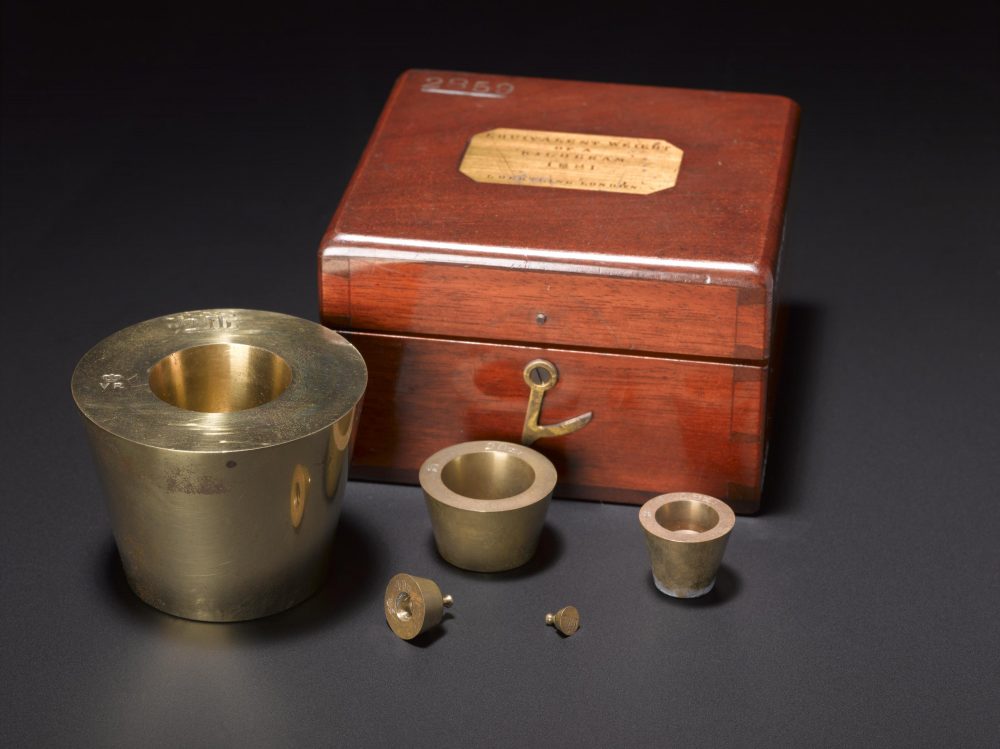
On 16 November, an agreement will be made to define the seven units according to fundamental physical constants in nature. As far as the kilogram is concerned, this will be according to the Planck constant.
The new definitions agreed in November will go live in May 2019 and from then, scientists around the world will compare the gravitational force on an object with a magnetic force using a Kibble balance. The Kibble Balance, formerly known as a Watt Balance, was developed by Dr Bryan Kibble at NPL in 1975. It uses the force produced by a current-carrying wire in a magnetic field to balance the weight of a mass. By taking measurements of other experimentally-derived quantities, the Kibble balance can be used to accurately measure the Planck constant.
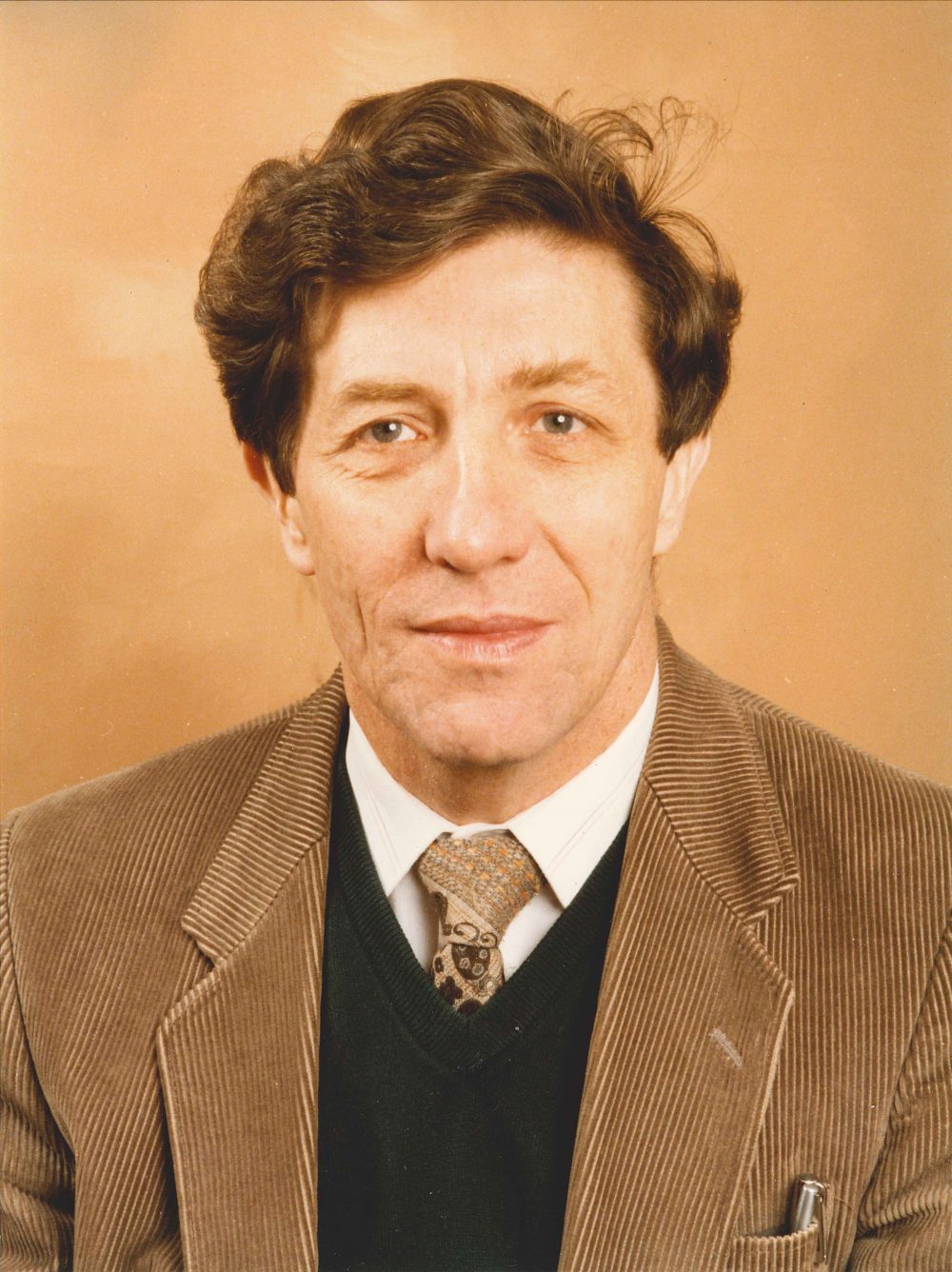
Instead of having to regularly compare versions of the kilogram with a national (and ultimately the international) standard, laboratories will be able to realise an internationally-accepted unit of mass on their own.
While the redefinition may not appear to affect the daily lives of people beyond the science lab, it will ultimately influence the manufacture of the products we buy, the trains and planes by which we travel and even our healthcare, through the calculation of pharmaceutical doses.
See the UK kilogram and a Kibble Balance on display in Tomorrow’s World from 15 November 2018.
